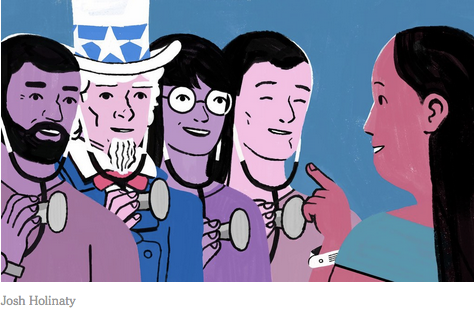It is anyone’s guess whether Democrats will unite around the goal of creating a single-payer health care system or even take a less ambitious approach — introducing a public health insurance option.
Adding public insurance as an option in the complex American health care system has been treated as a consolation prize for those who really favor single-payer health care, but the lighter approach might pack much more punch than you might think. What’s more, the best way to see that is by looking at the Indian labor market and the Mexican grocery market.
Why should jobs in India or food in Mexico have anything to do with health care in the United States? They are linked by the logic of supply and demand, which applies in the United States and in countries very different from it — countries that the United States doesn’t turn to often enough for policy lessons.
In fact, India’s and Mexico’s experiences offer some of the best evidence on what happens when we add a public option to a marketplace: The private sector is forced to improve its game to retain customers, so more people benefit than just those who directly use the public services.
Here’s how a public option could play out in American health care.




